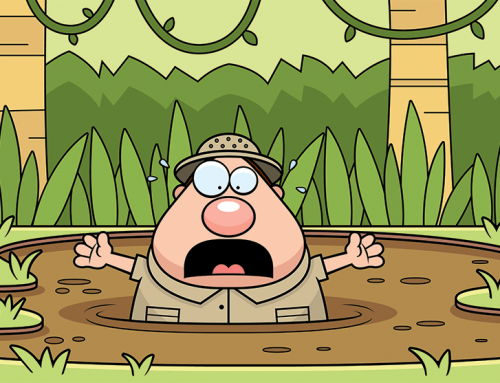As I presented in my previous post Succession Planning vs. Exit Planning Which Do You Use?, the primary goal of any succession plan is leadership transfer. So, you can imagine that things can get a little tricky.
One of the biggest reasons is that most succession plan checklists out there seem to focus on the transaction aspects of the transfer. However, if you look at why most succession plans fall short, it’s the less tangible aspects that create the problems.
Succession is no different than any other hire in a business with one exception – the stakes are higher with failure. So, it is critical that you understand and address the most pressing issue from the start!
Getting Past the Resistance – Starting Your Succession Plan
 Surprisingly on of the greatest challenges is resistance by the leader and you’d be surprised how many leaders resist the process. This is 100% a psychological challenge. And, if you can’t get past this, the creating and executing of the succession plan will be a battle!
Surprisingly on of the greatest challenges is resistance by the leader and you’d be surprised how many leaders resist the process. This is 100% a psychological challenge. And, if you can’t get past this, the creating and executing of the succession plan will be a battle!
The resistance frequently comes from the fact that the leader draws much of their self-worth from their position. Much of the work that I do with clients works in this area. While I am not a psychologist, I have to become one if I am ever to get the leader to make the necessary changes in themselves in order to successfully complete the succession plan.
The other side of the coin is the owner that is ready to retire or has just had enough and wants out from under. The eBook that I wrote a while back title How to Get Out From Under Your Business addresses the steps necessary for this group of small business owners.
Once you get past the resistance, building the rest of your succession plan is just like any other good quality hire. There are 2 sides to this coin – company side and the leader side. I addressed both in two previous posts, so I won’t go into detail here. You can read each of these previous posts for the details.
Addressing the Company in Your Succession Plan
 The company will go on after the leader is gone. But, we’ve all seen how a company changes when a new CEO comes in. This change is not always for the better!
The company will go on after the leader is gone. But, we’ve all seen how a company changes when a new CEO comes in. This change is not always for the better!
The company side of the succession plan needs to address those aspects of the company that shouldn’t be change even after the leader is gone. They form the requirement for the type of person you are looking for in the hire or promotion from within!
In a previous post titled 4 Characteristics for Creating High Performance Organizations, I outlines the characteristics of high performance organization. They are as follows:
- Communicating the operating parameters
- Delegating/Empowering others
- Establishing performance criteria
- Holding people accountable
You can read the details in the article. Suffice it to say that if this work isn’t done first as part of your succession plan, the company’s future is left to chance.
Addressing the Leader in Your Succession Plan
 The leader part is the most obvious. So, it is the first thing that most people start with. Unfortunately, if you haven’t addressed the company factors in the previous section you don’t have everything you need to do this step!
The leader part is the most obvious. So, it is the first thing that most people start with. Unfortunately, if you haven’t addressed the company factors in the previous section you don’t have everything you need to do this step!
In my previous post 3 Things to Get the Right People on the Bus I discuss the factors you should address to hire the right people for your company. They are as follows:
- Understand the important business intangibles
- Create a high-performance environment
- Hire to fit the company culture
Again, you can read the details in article. Creating a skills list is easy enough, but when you leave these 3 things out you get bad hires. So, make sure you address them as part of your succession plan.
A succession plan hire is not something that gets done a lot in most small businesses. In fact, it may only be done once! So, I always recommend that you seek outside advice.
It doesn’t have to be some to build the succession plan. You may just need someone to audit your work or the work of your team. This is a good use of a business coach to get you heading in the right direction.
So there you have it. The 8 things you should not miss when creating your succession plan. Have you addressed these things, or is your succession plan stalled? This may be why. Share things that have caused you challenges in finding your successor!






Leave A Comment